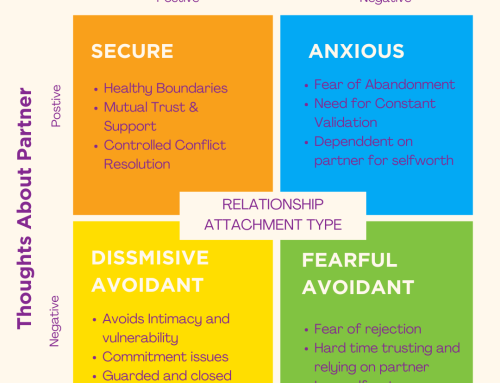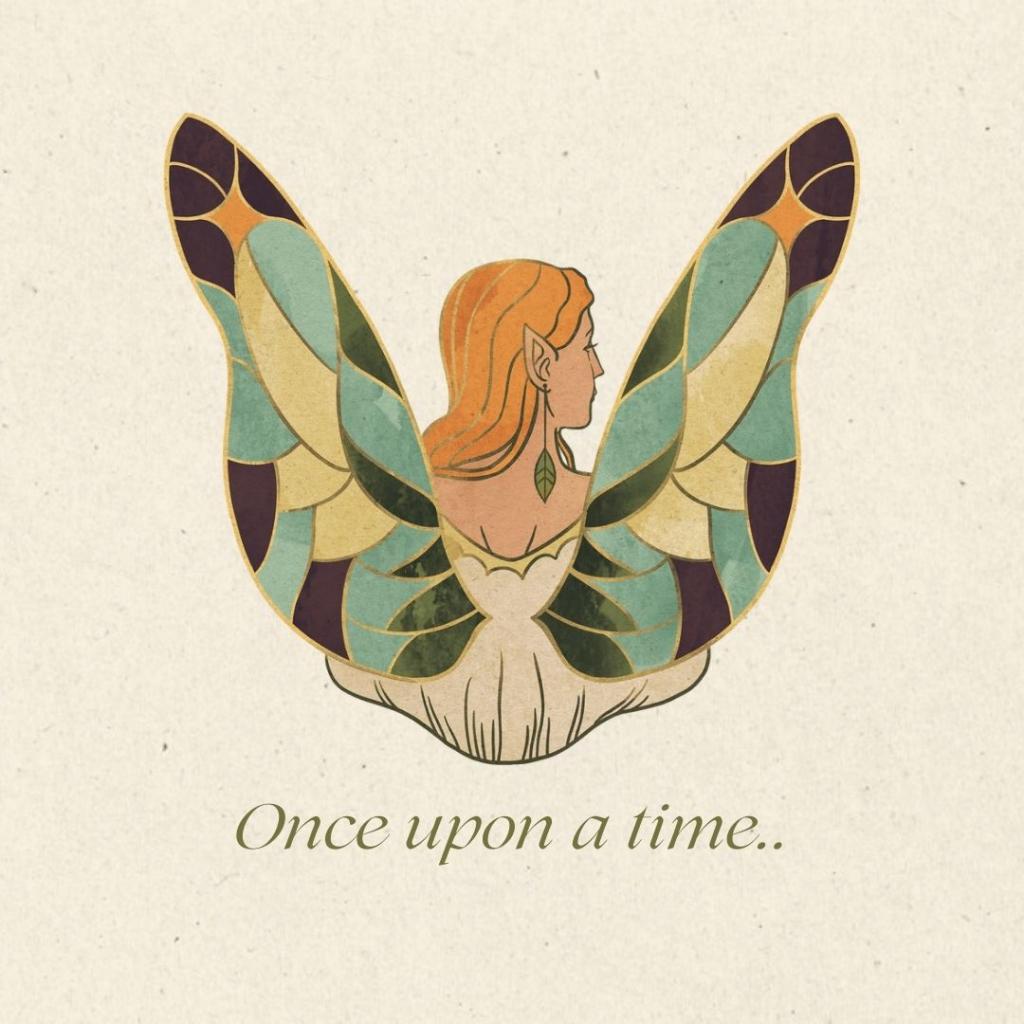




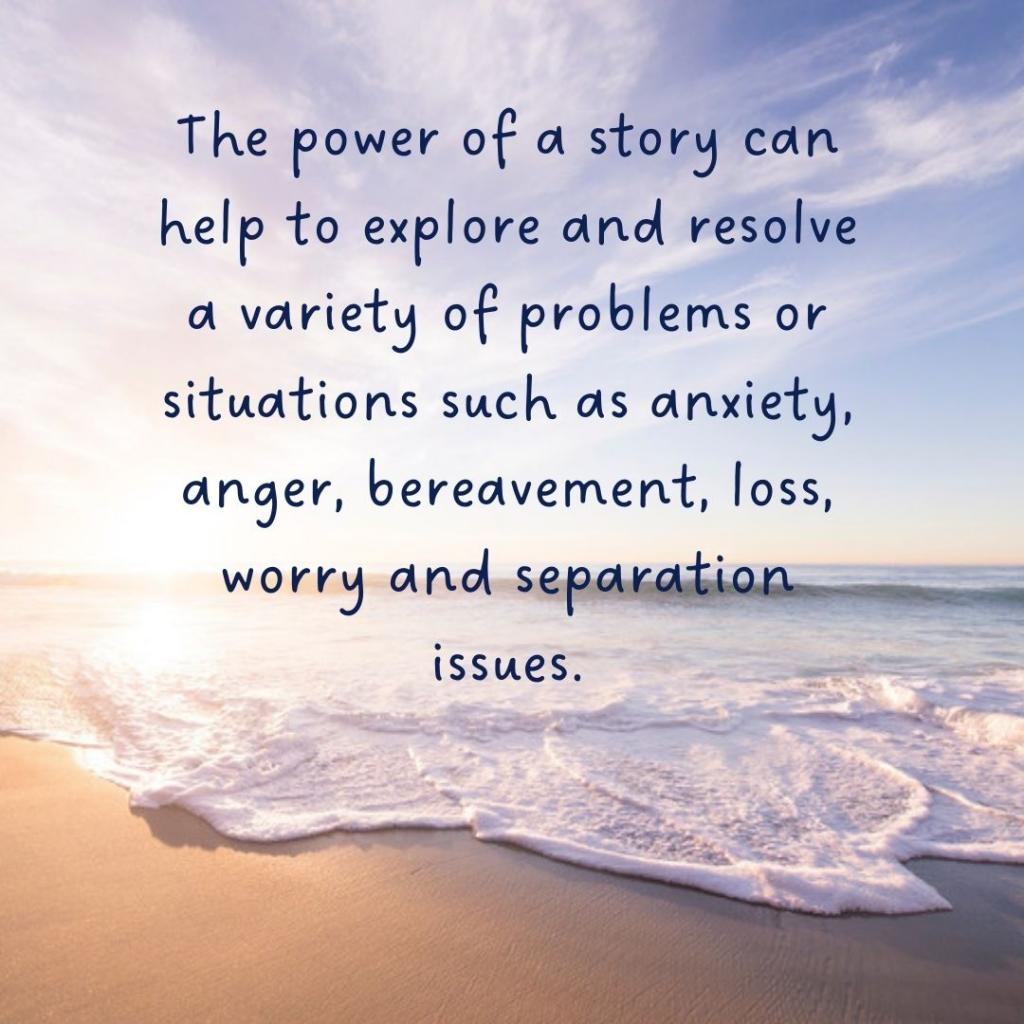
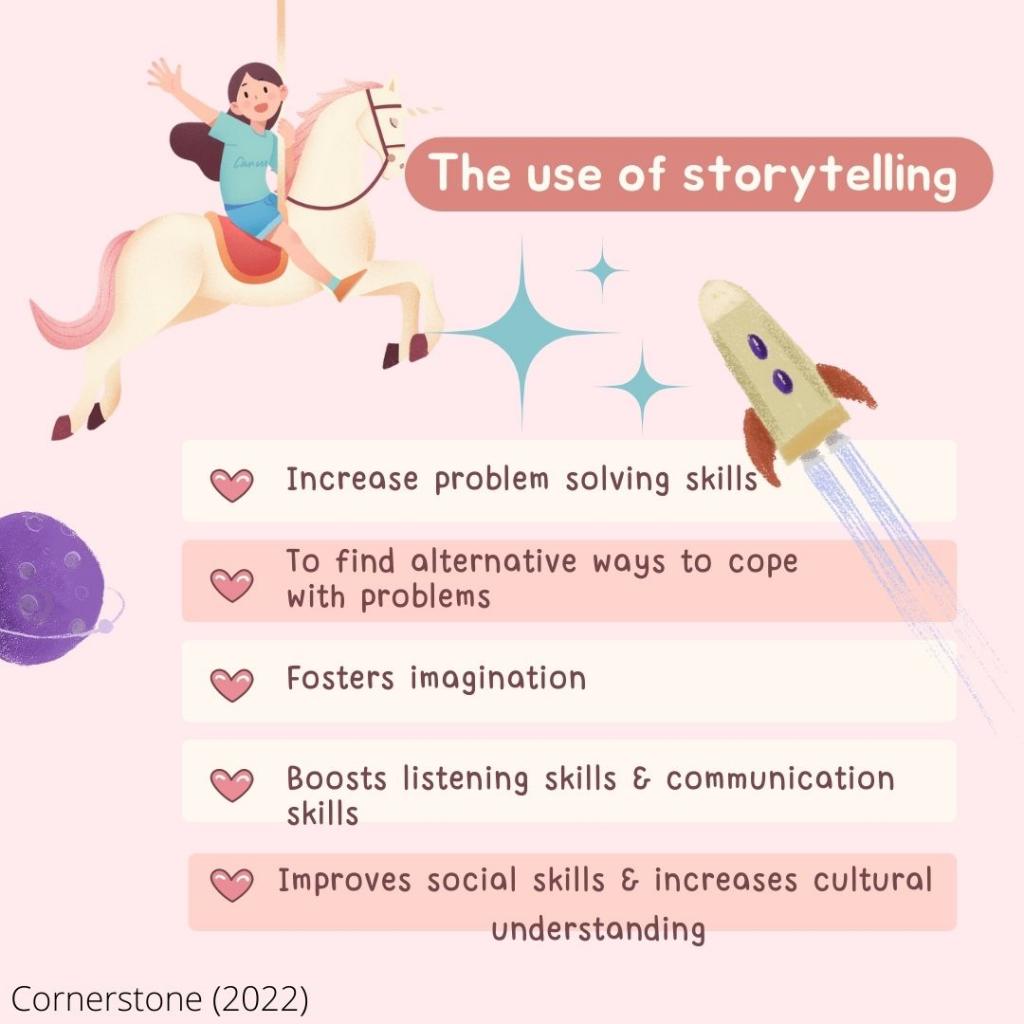
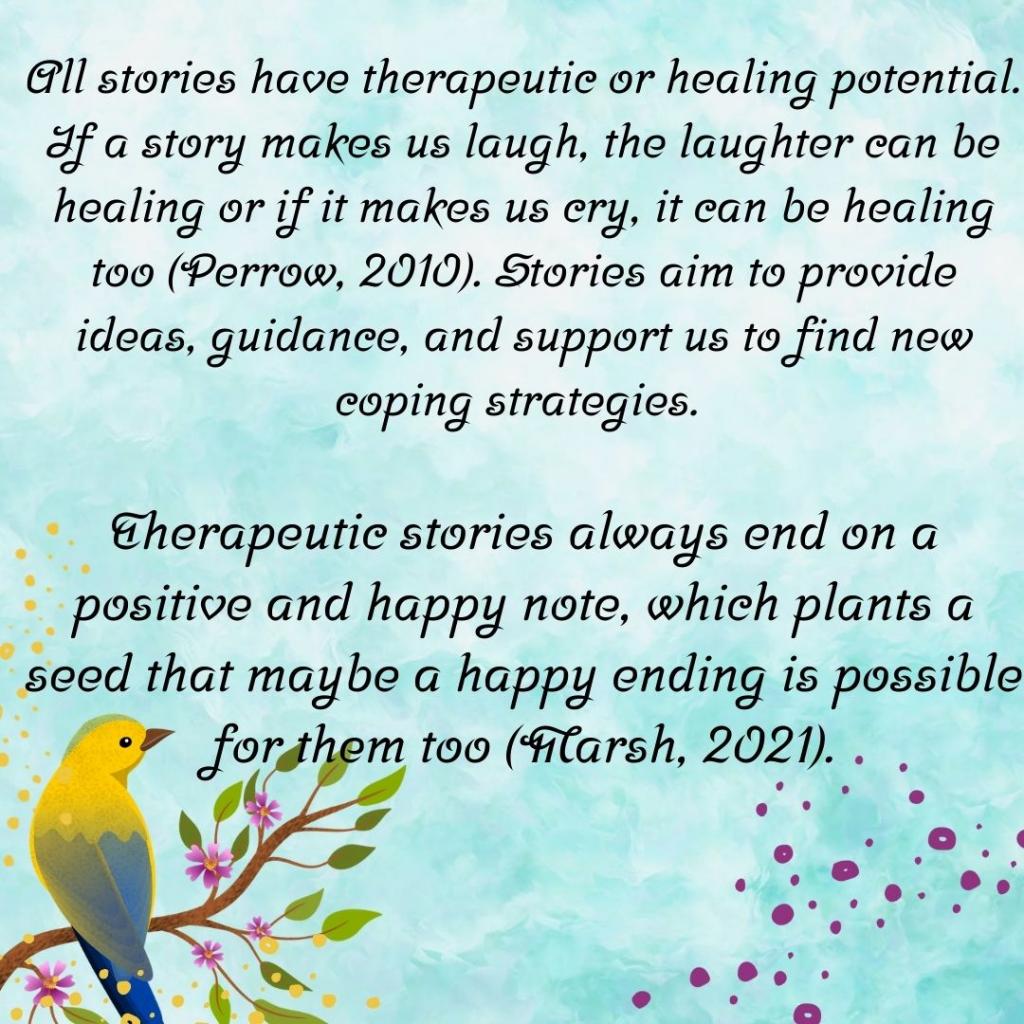
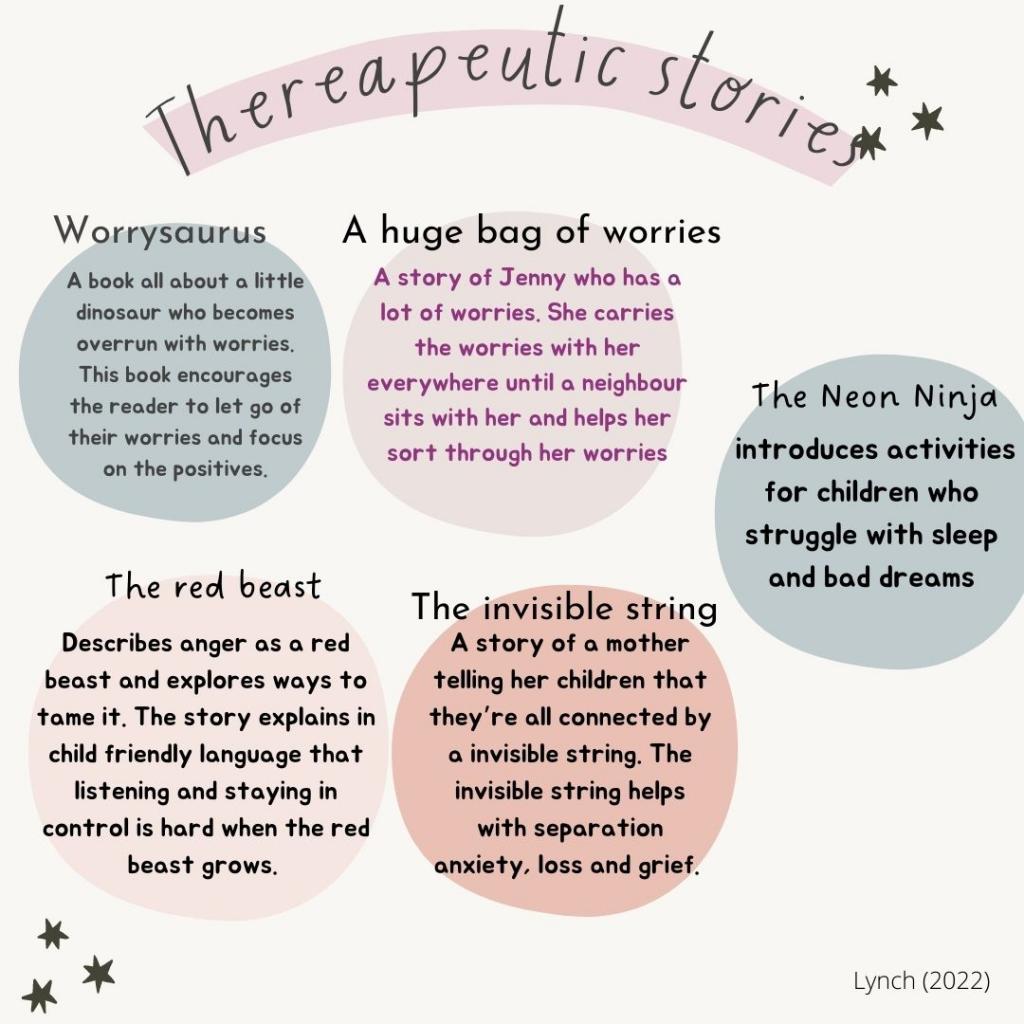

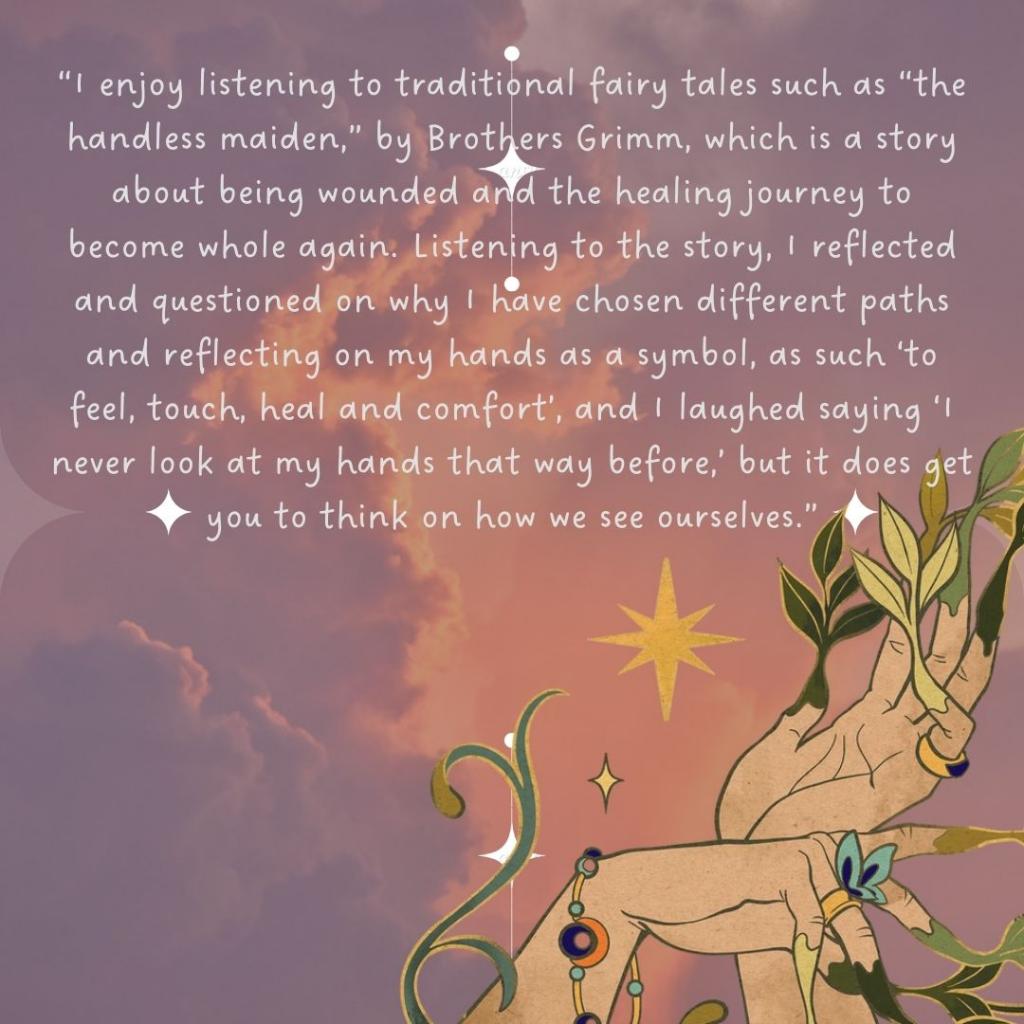
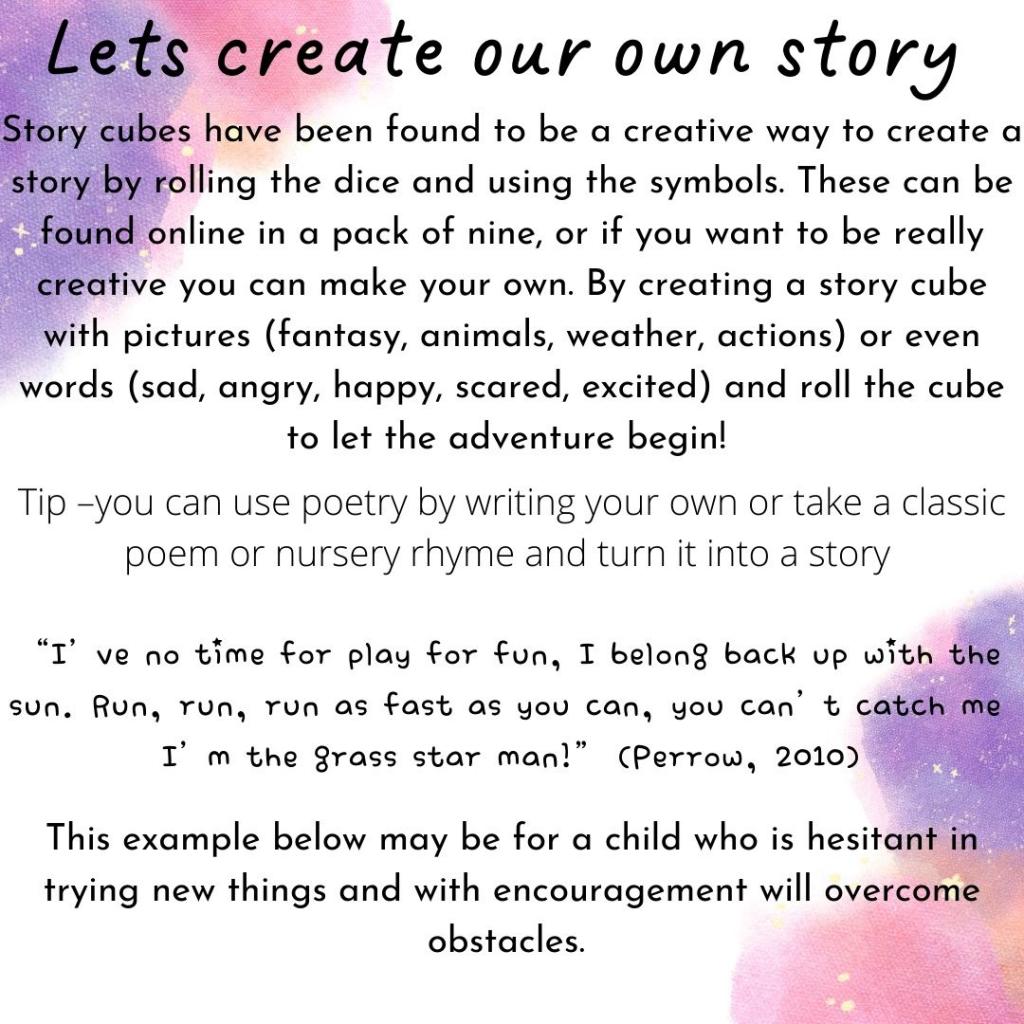

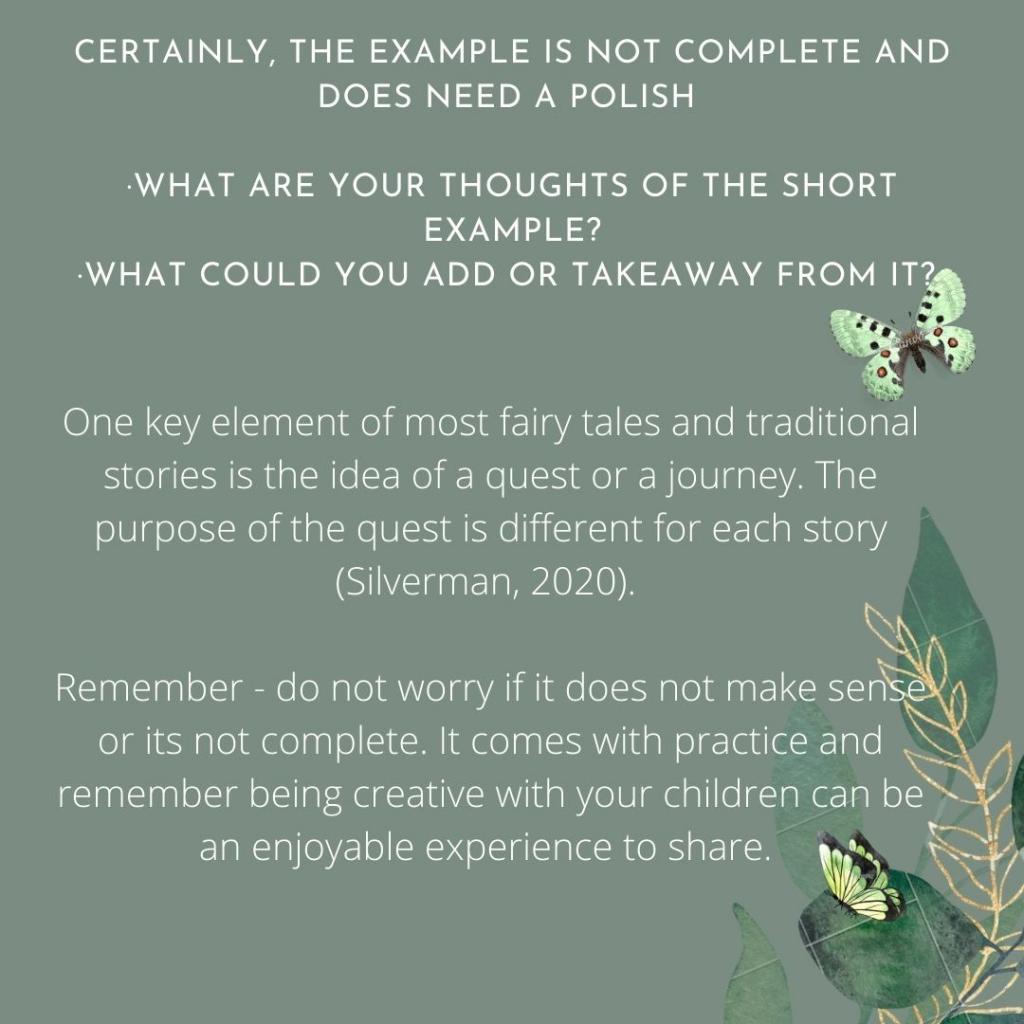
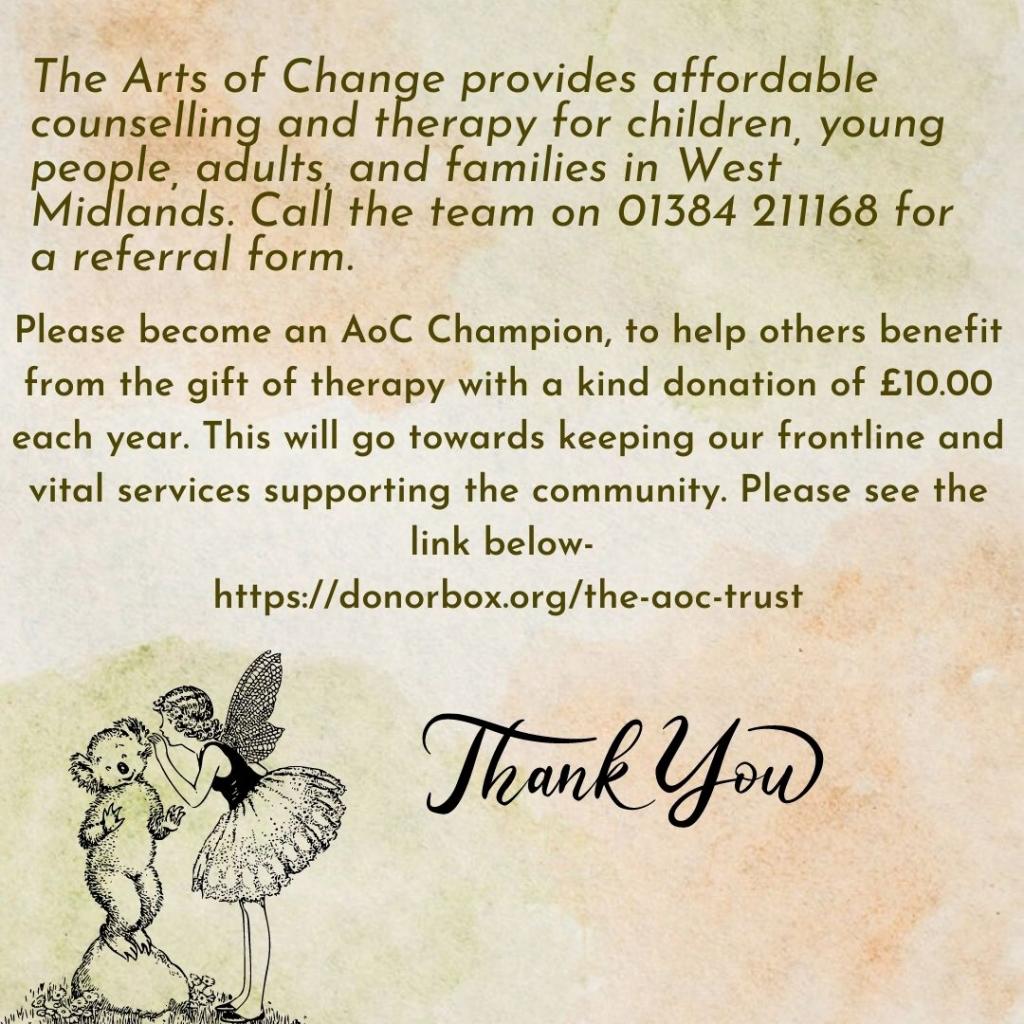

Once upon a time
There was a young women called Rosie who lived in a cottage with her pet piglet called Presley. Rosie loves to dance and twirling around in her room listening to music and making art, while Presley would sit in his bed of hay asleep or watching Rose twirling. Her love for art, music and her pet piglet made her so happy. However, Rosie felt she could not dance outside her home, as she was worried what others thought about her. These negative thoughts of “ugly, useless, unattractive” knocked Rosie’s confidence.
Whenever she went out, her long dark hair covered her face and would only look at the floor. Presley noticed her sadness and thought “how can I make her feel happy,” and would leave little notes of “you are loved,” or “you are kind,” around the home. Presley continued to make the notes to see Rose smile, as he loves to see her be happy. Rosie smiled reading these notes.
Rosie continued to dance in her room and thought “I would like to share my love of dance to others” and started to pin her hair up and would look in the mirror to say, “I am enough, I am unique, I am me,” She turned to her beloved pet Presley and said, “I am getting there.”
The power of storytelling
The power of a story can help to explore and resolve a variety of problems or situations such as anxiety, anger, bereavement, loss, worry and separation issues.
The use of storytelling can also increase problem solving skills by helping children to find alternative ways to cope with problems. In addition to fostering imagination, boosts listening skills, enhances communication skills, improves social skills, and increases cultural understanding. (Cornerstone, 2022).
All stories have therapeutic or healing potential. If a story makes us laugh, the laughter can be healing or if it makes us cry, it can be healing too (Perrow, 2010). Stories aim to provide ideas, guidance, and support us to find new coping strategies.
Therapeutic stories always end on a positive and happy note, which plants a seed that maybe a happy ending is possible for them too (Marsh, 2021).
Below are a variety of books to help children to understand the feeling of worry, separation, and anger. These therapeutic stories can be found online, and some include activities with audio.
Worrysaurus – is a book all about a little dinosaur who becomes overrun with worries. This book encourages the reader to let go of their worries and focus on the positives.
The Huge Bag of Worries – shares the story of Jenny who has a lot of worries. She carries the worries with her everywhere until a neighbour sits with her and helps her sort through her worries
The Red Beast – describes anger as a red beast and explores ways to tame it. The story explains in child friendly language that listening and staying in control is hard when the red beast grows.
The invisible string – shares a story of a mother telling her children that they’re all connected by a invisible string. The invisible string helps with separation anxiety, loss and grief.
The neon ninja – introduces activities for children who struggle with sleep and bad dreams
Lynch (2022).
These are examples that tell a story that may resonate their own life with the themes and challenges they face and finding ways to overcome them. There are so many to choose from and can relate to a variety of situations and problems.
“I enjoy listening to traditional fairy tales such as “the handless maiden,” by Brothers Grimm, which is a story about being wounded and the healing journey to become whole again. Listening to the story, I reflected and questioned on why I have chosen different paths and reflecting on my hands as a symbol, as such ‘to feel, touch, heal and comfort’, and I laughed saying ‘I never look at my hands that way before,’ but it does get you to think on how we see ourselves.”
Let’s try to create our own story
Story cubes have been found to be a creative way to create a story by rolling the dice and using the symbols. These can be found online in a pack of nine, or if you want to be really creative you can make your own. By creating a story cube with pictures (fantasy, animals, weather, actions) or even words (sad, angry, happy, scared, excited) and roll the cube to let the adventure begin!
Tip –you can use poetry by writing your own or take a classic poem or nursery rhyme and turn it into a story
“I’ve no time for play for fun, I belong back up with the sun. Run, run, run as fast as you can, you can’t catch me – I’m the grass star man!” (Perrow, 2010)
This example below may be for a child who is hesitant in trying new things and with encouragement will overcome obstacles.
The hesitant hedgehog
A hedgehog could not find a way to cross the choppy river; he became frightened and hid under a fallen tree trunk. A fox saw the scared hedgehog and asked, “what’s wrong?” the hedgehog looked up to the fox and replied, “I cannot find a way to cross the river.” The fox offered “would you like to ride on my back, the hedgehog replied, “but the river is too choppy, there is no way we can cross it.” The fox smiled “there’s always a way,” and with determination the fox found some sturdy rocks in the river to use as a path. Yet, the hedgehog was still shivering with worry, “you can do it, just overlook the choppy river and see the rocks we can use to the other side.” The hedgehog saw the sturdy rocks and found the courage to climb on the foxes back. And off they jump from rock to rock to the other side of the river.
Certainly, the example is not complete and does need a polish
What are your thoughts of the short example? What could you add or takeaway from it?
One key element of most fairy tales and traditional stories is the idea of a quest or a journey. The purpose of the quest is different for each story (Silverman, 2020).
Remember – do not worry if it does not make sense or its not complete. It comes with practice and remember being creative with your children can be an enjoyable experience to share.
The Arts of Change provides affordable counselling and therapy for children, young people, adults, and families in West Midlands. Call the team on 01384 211168 for a referral form.
Please become an AoC Champion, to help others benefit from the gift of therapy with a kind donation of £10.00 each year. This will go towards keeping our frontline and vital services supporting the community. Please see the link below-
https://donorbox.org/the-aoc-trust
References
Cornerstone (2022). 8 Amazing Benefits of Storytelling for Kids. Available at: https://learnatcornerstone.com/benefits-of-storytelling-for-kids/
Lynch, C (2022). Therapeutic stories. https://www.playtherapylondon.co.uk/therapeutic-stories
Marsh, S (2021). What are Therapeutic Stories? Available at: https://www.sophiesstories.co.uk/post/therapeutic-stories
Perrow, S. (2008). Healing stories for challenging behaviour. Gloucestershire: Hawthorn press
Silverman, Y (2020). The story within. London: Jessica Kingsley Publisher





